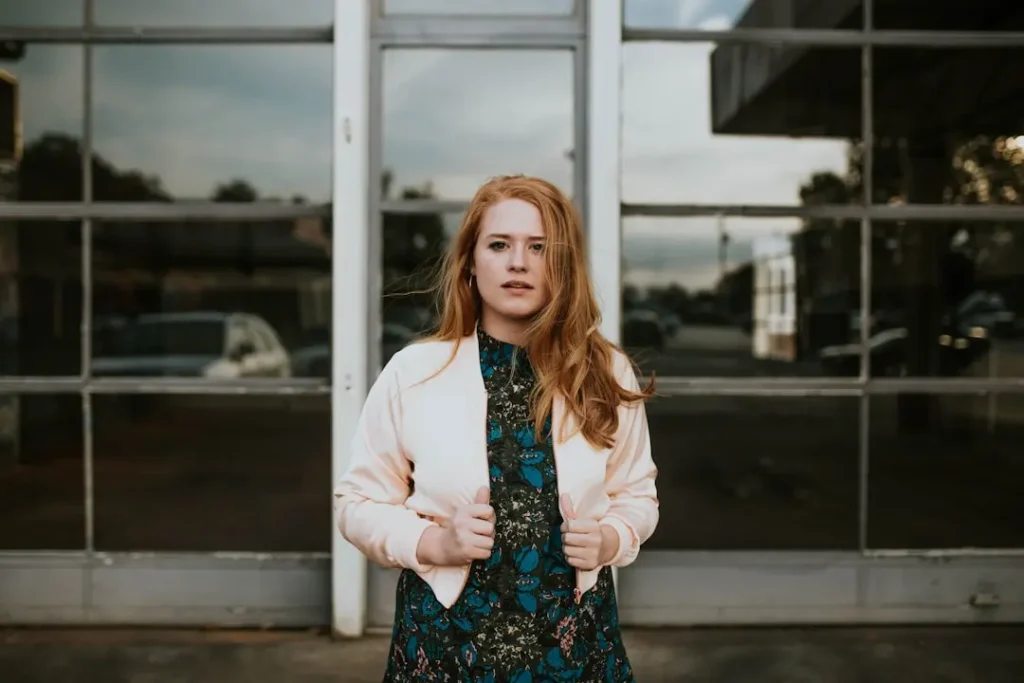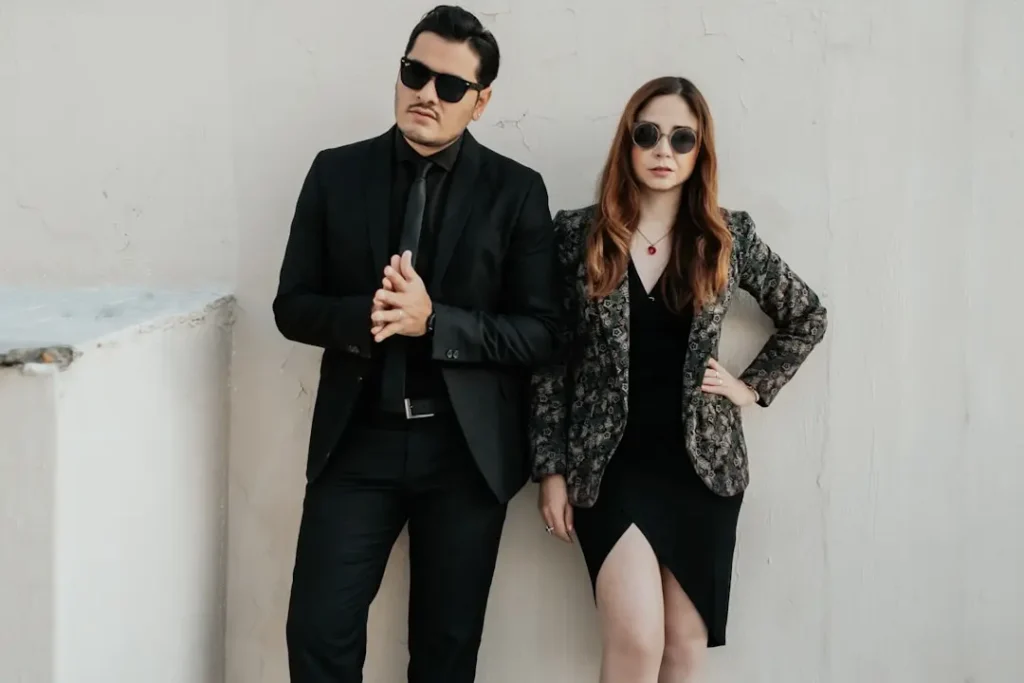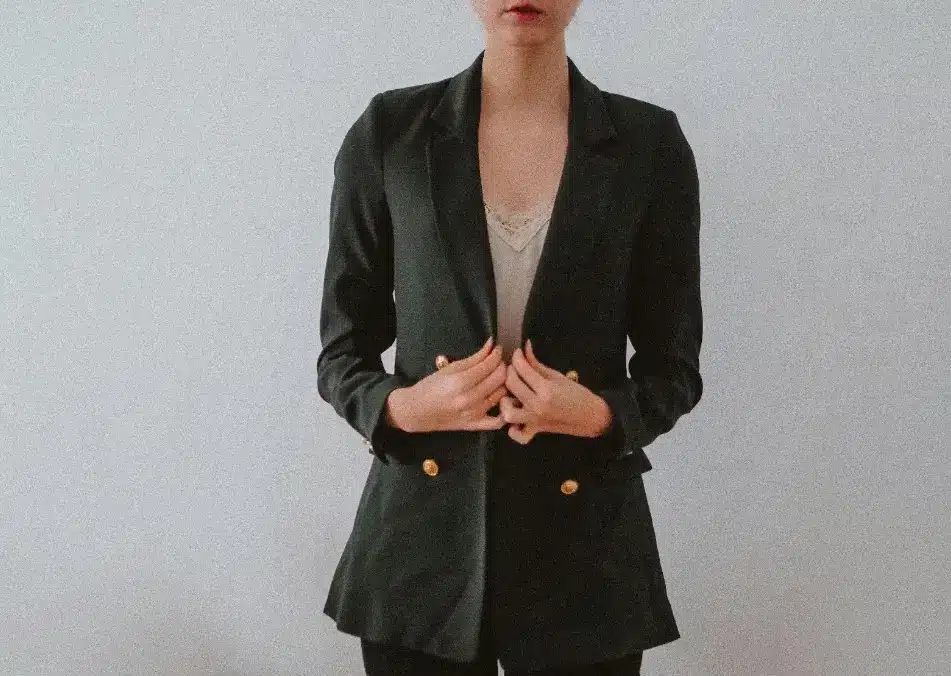Finding the right women’s blazer can add a touch of sophistication to any outfit, bridging the gap between casual wear and formal attire. A blazer jacket can elevate your wardrobe, providing a versatile piece that can be dressed up or down depending on the occasion. Whether looking for a classic, tailored piece or something more trendy, understanding the different styles, cuts, and fabrics is key to making the right choice. Keep reading to discover the essential factors to consider when selecting the perfect blazer.
Choosing the Right Blazer for Your Body Type

One of the most crucial aspects of choosing a blazer is finding the right fit for your body type. For those with an hourglass figure, a cinched waist blazer can accentuate curves, while those with a pear shape might consider blazers that streamline their silhouette. Women with a more rectangular body type might opt for blazers that create the illusion of curves with defined shoulders and a subtle taper at the waist.
The length of the blazer is equally important; it should align with the body shape it is intended to flatter. A cropped blazer can highlight a petite frame or add structure to a shorter torso, while a longer blazer can elongate the body, creating a sleeker look. It’s pivotal to try on different lengths to see which one harmonizes best with your natural proportions.
The cut of the blazer also affects how it sits on the body. Tailored or slim-fit blazers can enhance a slender frame, while a looser cut provides a relaxed fit that might be preferred for a more casual style or comfortable office attire. Experimenting with different cuts can reveal surprising results and may redefine what you consider your go-to style.
Another factor to consider is sleeve length; the perfect sleeve should end just at the wrist, allowing for a peek of shirt cuff if layering. Too long or too short sleeves can disrupt the harmony of a blazer’s fit. Adjustments by a skilled tailor can make an off-the-rack blazer feel custom-fitted, showcasing your form to its best advantage.
Selecting the Appropriate Blazer for the Occasion

The occasion for which you are buying a blazer will greatly influence the type of jacket you choose. For corporate settings, a conventional, neutral-colored blazer is appropriate and conveys professionalism. On the other hand, a casual event might call for a blazer with bolder colors or interesting textures that demonstrate personal style and fashion-forward thinking.
Special events like weddings or galas may call for luxurious fabrics or embellished blazers. These statement pieces often become the outfit’s focal point. When choosing one, consider the dress code and time of day—a velvet blazer suits evening events, while silk or linen blends work well for daytime occasions.
Seasonality also plays a part in choosing the right blazer. Lighter materials such as cotton or linen are great for warmer climates or seasons, while wool and other heavier fabrics provide extra warmth during cooler months. Additionally, a blazer’s layering potential should be considered; it should accommodate a sweater or shirt underneath without feeling too tight or restrictive.
The color and pattern of a blazer help define its suitability for different occasions. Classic colors like black, navy, and gray are versatile for most events, while bold patterns or trendy colors work well for casual or creative settings. The key is finding the right balance between statement and subtlety, depending on the occasion.
Deciphering Blazer Fabrics and Materials for Style and Comfort
Blazer fabric is both a style and a practical choice. Wool is popular for its durability and wrinkle resistance, ideal for classic designs. Cotton and linen offer a lighter, breathable feel for warmer seasons. Synthetic fabrics are easier to care for and more affordable, though they may lack the comfort and longevity of natural fibers.
Blazers made from luxurious materials like silk or cashmere offer an elevated look for special occasions. While they are more expensive and require more care, their feel and drape enhance the blazer’s appearance. Blending fabrics, such as adding spandex for stretch, can combine comfort with style.
Texture is another aspect that affects a blazer’s style and wearability. Tweed, for example, can add depth and interest to your look, while smooth, refined fabrics may present a more sophisticated finish. The choice between a matte or a shiny finish can also dictate whether the blazer leans casual or formal.
Overall, choosing the perfect women’s blazer comes down to balancing fit, function, and personal style to suit both your body type and lifestyle needs. With the right cut, fabric, and occasion-appropriate design, a blazer can become a timeless staple that enhances any wardrobe year-round.
Also Read-Popular Online Casinos: Behind the Screen Experience
